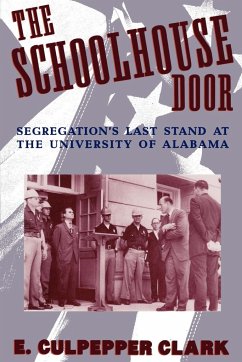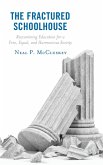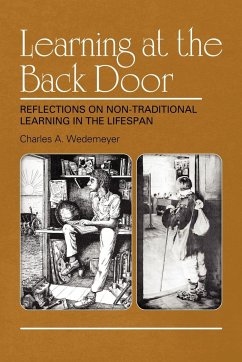This is the story of how the University of Alabama experienced the end of segregation and how events on that campus influenced both the civil rights movement and massive resistance to the changes it promised. It is the story of two confrontations, the Autherine Lucy episode and the stand in the schoolhouse door, confrontations that transformed Tuscaloosa into an international dateline and gave the nation symbols for an age of moral struggle. It is the story of courageous black applicants and reactionary trustees, lawyers and judges, of cautious university officials, fist-shaking demonstrators and fiery crosses; of brave, bewildered students and their worried parents; of powerful men and their low cunning, also of high-minded men and women struggling almost without hope; and, in the end, of George Wallace, whose confrontation with the Kennedys changed America's political landscape. For all its drama, no one dies in this story. Behind these scenes violence simmers, but no one dies.
Hinweis: Dieser Artikel kann nur an eine deutsche Lieferadresse ausgeliefert werden.
Hinweis: Dieser Artikel kann nur an eine deutsche Lieferadresse ausgeliefert werden.








